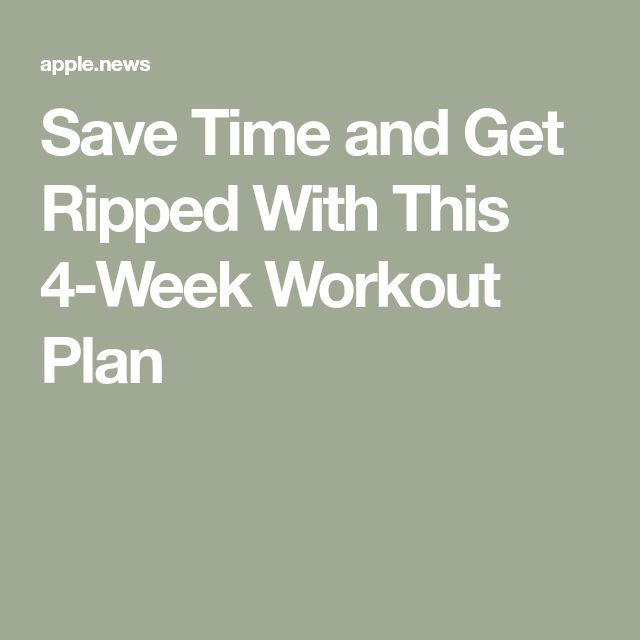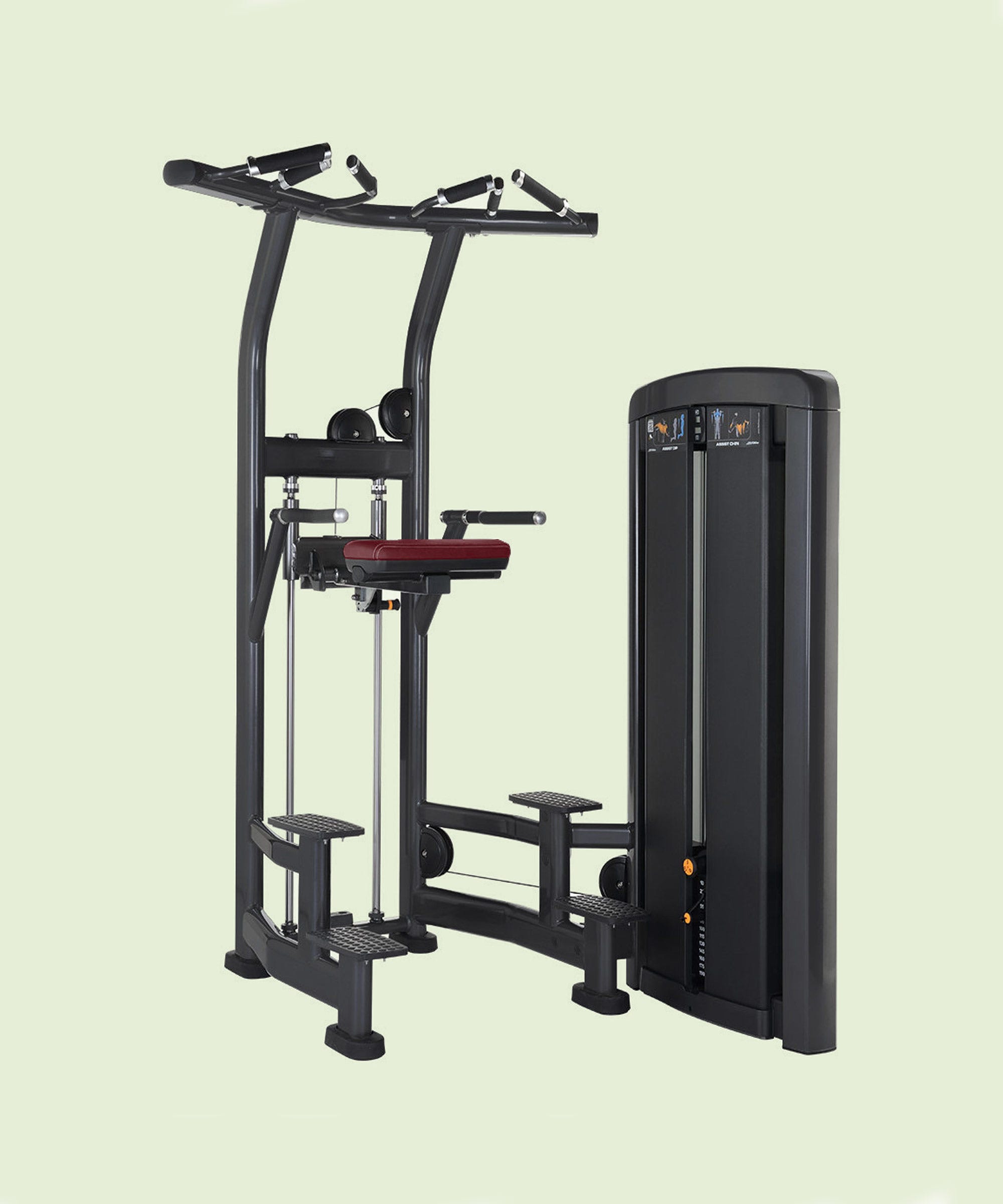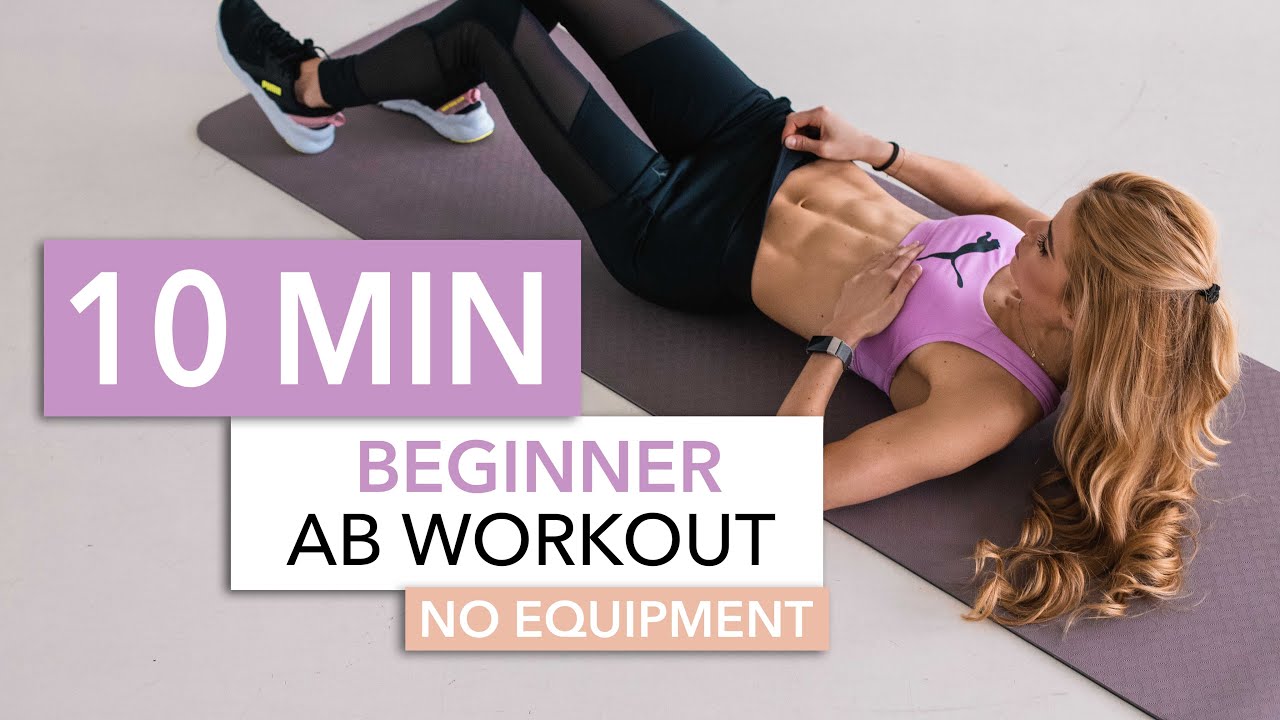
Working out in the living room is a great way to lose weight and/or get extra exercise. You can save both time and money by doing several exercises from the comfort of your own home. A certified fitness instructor can help you if your first steps are not clear. They will adjust your workout plan to fit your fitness level.
If cardio is your thing, a treadmill might be the best option. According to the CDC, adults should exercise at least 75 minutes per week. Aerobic exercise has been shown to improve heart health, blood pressure, and overall well-being. It stimulates blood flow and cholesterol, and gets your heart pumping.
Other than cardio, strength training can be incorporated into your daily routine. The plank is one of your best strength-training exercises. Standing planks work your entire body. You can also add resistance bands to your routine to make it even more efficient. These bands can also be useful in working out your shoulders and nerdy neck.

There are also many indoor exercise videos. They last between ten and an hour. Many of them feature full-body workouts to give you the calorie burn you need. Other options include walking, dancing, and games such as Simon Says.
You may not be familiar with the plank exercise. There are other exercises as well. Here are a few of them.
Stand with your feet shoulder width apart and put your hands on the edges of your couch. You should align your hands with your shoulders. You can then lift your legs using your abs. Alternatively, you can do a seated hamstring stretch.
Standing leg lifts are great for strength training, but don't need much space. This exercise can easily be repeated for multiple sets of ten reps. This involves lifting one leg up and moving the knee towards your opposite elbow. A resistance band is a great way to take your gym workout to the next level.

Many other low-impact exercise options are available in your living area. A good idea is to purchase an exercise mat to protect your floor. And if you don't want to use your floor, just move a sturdy chair into your living room. With a little creativity, you can transform your room into an effective workout space.
Although there is no one perfect workout, it's possible to incorporate a few simple stretching exercises into your daily routine and maintain a healthy body. Stretching is an essential part of any workout. It's especially important for protecting your joints. Make sure you are doing the right stretches for you. Your neck and shoulders, your back, and your abs are the most important parts of your body. These muscles can become weak or underdeveloped if you have poor posture.
FAQ
Which Is More Important: Exercise, Diet, or Sleep?
This depends on what you're trying to achieve. The most important thing to do if you are looking to lose weight is diet. Exercise is important for building muscle mass. Because it affects your performance during the day, sleep is the most important factor.
Can I exercise after eating?
It all depends on which type of exercise you are performing. Avoid strenuous exercise after meals as it can cause stomach cramps. Instead, focus on light aerobic activities like brisk walking or biking.
What are resistance training exercises?
Resistance training includes using weights and other objects to perform specific movements. Lifting weights helps strengthen your arms, shoulders, chest and back, as well as your legs, hips, and core. Resistance training improves muscle mass, bone density and overall strength.
How can exercise and nutrition help you live a healthier life?
Exercise helps you to stay healthy, lose weight, gain muscle mass, and reduce stress. Nutrition is essential for energy, sleep and mood as well as overall health. Eat less meat, limit alcohol consumption, avoid smoking, exercise regularly, and reduce your risk of dying.
Do I need warmth before I exercise?
Warming up before an activity reduces muscle soreness and improves performance. You can use several methods to warm up: walking, running, jumping rope, stretching, and cycling are just a few examples. Start slow and slowly increase your pace.
Statistics
- Globally, 81% of adolescents aged 11-17 years were insufficiently physically active in 2016. (who.int)
- Globally, 28% of adults aged 18 and over were not active enough in 2016 (men 23% and women 32%). (who.int)
- An estimated 110,000 deaths per year could be prevented (cdc.gov)
- Adolescent girls were less active than adolescent boys, with 85% vs. 78% not meeting WHO recommendations of at least 60 minutes of moderate to vigorous intensity physical activity per day. (who.int)
External Links
How To
How to Burn Belly Fats Faster
Belly Fat is often thought of as a problem when trying to lose fat. It's actually a good thing, in fact. Your organs will be protected by the amount of belly fat. So let's see how to burn belly fat fast.
Lack of exercise and stress are the main reasons we store body fat. Because stress stimulates the release of cortisol hormone, it makes us hungry all the time. Cortisol levels are increased by insulin. The insulin stores the excess calories as fat. The release of adrenaline from our bodies causes increased appetite. These extra calories can easily be lost through exercise.
There are many ways you can reduce belly fat. All of these methods can be used, depending on your budget. Here are some quick tips to get rid of belly weight.
-
Reduce the amount of food you eat. Instead of eating three large meals per day, try to eat smaller meals. You will eat less calories in general.
-
Drink plenty of fluids. Water flushes out toxins, and keeps your body hydrated. Drinking water before meals will help you feel fuller for longer, so you don't overeat.
-
Avoid eating unhealthy snacks. If you're looking for quick fixes, snack foods like chips, cookies, candies, etc. It might sound tempting. But avoid these fattening treats as they contain lots of empty calories and too much sugar. Instead, opt for healthy alternatives such as fruits, vegetables and whole grains.
-
Strength training should be done at least three times per week. Strength training helps build muscle mass, which means that you can burn more calories even when you are resting. It strengthens bones muscles ligaments, tendons and the heart.
-
Move regularly and stretch. Stretching increases flexibility and mobility. It also reduces back pain. Walking can help you burn calories.
-
Reduce alcohol intake. Reduce alcohol intake. Alcohol is a waste of calories and has no nutritional value.
-
Slowly lose weight. Your current weight is the first step to losing weight. Next, calculate your ideal weight by adding between 5% and 10% to your total body weight. Once you have reached your target weight, begin decreasing your daily calories intake by 500-1 000 calories until you reach your goal.
-
Avoid processed food. These foods are high on sugar, salt, and additives. Even though they can be very convenient, these foods lack sufficient nutrients to support your health.
-
Don't skip breakfast! A good breakfast can improve concentration, memory, as well as energy level. Breakfast should include protein (like eggs), fiber (like oats), and complex carbohydrates (like oatmeal).
-
Have regular bowel movements. Constipation or irregularity can lead to gas and bloating. This can be prevented by drinking plenty of water and increasing fiber intake.